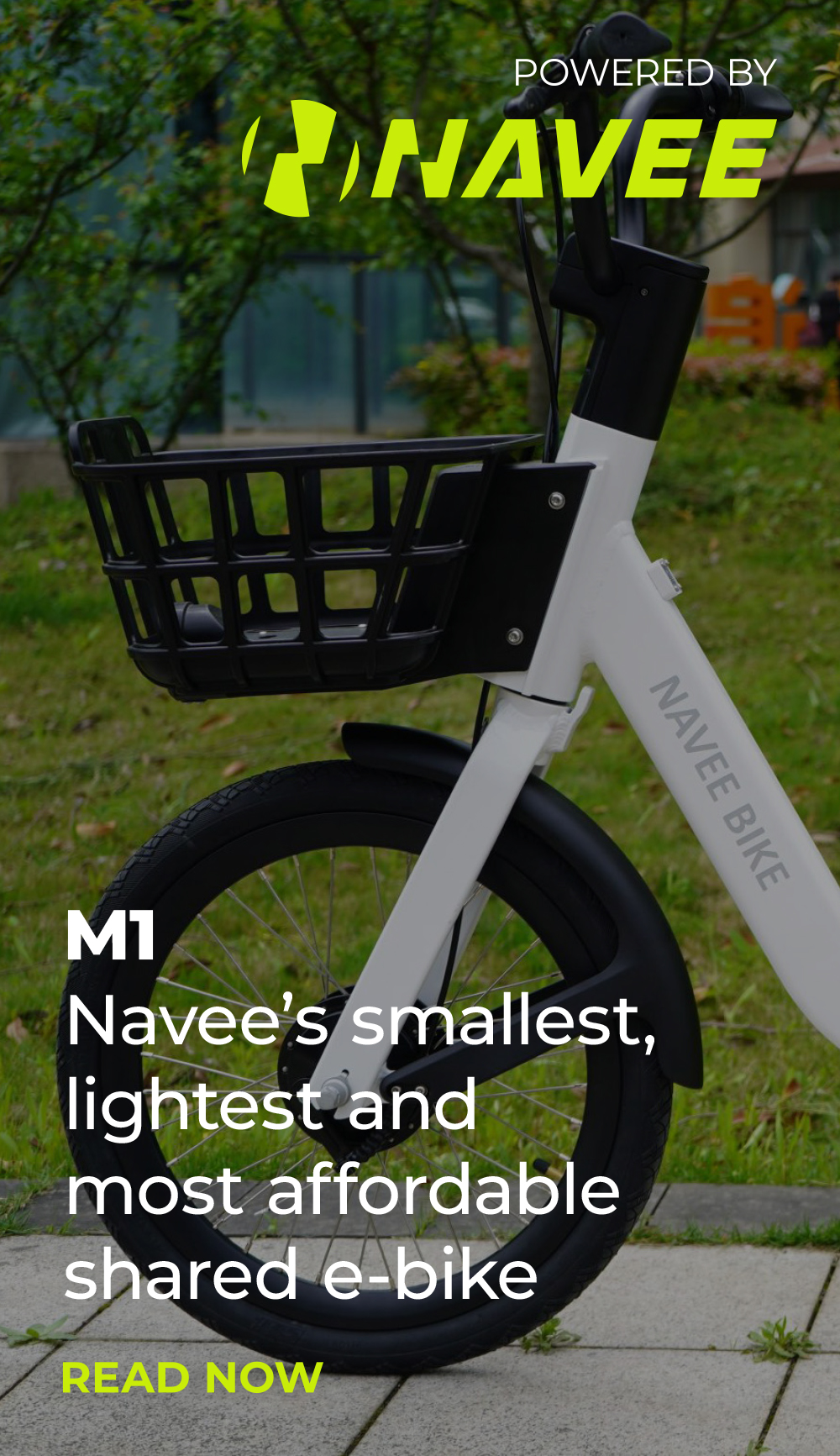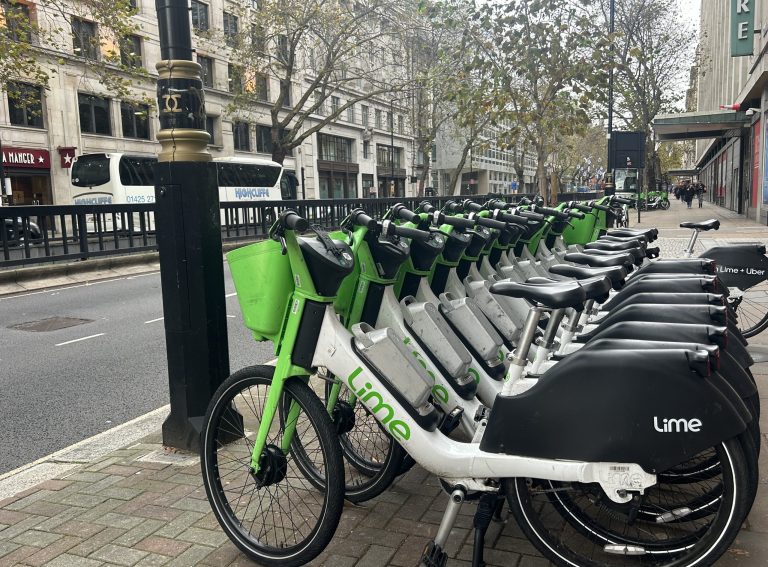New numbers from UK operators and Zag data analysis suggest that many of the 55 shared e-scooter fleets in England are being used extensively – with more than one million journeys being taken per month on average.
The findings suggest that the novel transport mode is now making a real difference to how people move around some of the country’s most congested inner cities and business districts.
The latest snapshot, taken in mid-August, shows that just over 18,400 e-scooters are available for hire, across 51 urban areas. This is up from around 11,000 at the beginning of June, the last Zag looked across England in detail.
Our models suggested there had been just over four million journeys at the beginning of June. Now, we believe that number has almost doubled to just under eight million journeys during the first eight months of 2021.
Of those, over a million rides came in Bristol and Liverpool, and over half a million journeys were in Birmingham, Northampton and Nottingham, with Milton Keynes just marginally below that milestone.
There are four fleets with over 1,000 e-scooters – Bristol, Liverpool, Northampton and Birmingham – all run by Voi. Bristol’s shared e-scooters now number over 2,500, putting it in the top 10 per cent of European fleets in terms of size. Sustained growth in the fleet size here also means that there are more e-scooters in Bristol than in London, despite two expansion waves in the latter. London has around 2,400 shared e-scooters split across three operators.
Voi’s UK presence – over 10,000 scooters – more than all the other UK operators put together, also is one of the largest country-wide operator deployments in Europe, beaten only in Germany (by Bolt, Bird, Lime, Voi and TIER) and Sweden (by Voi and TIER).
So who’s growing in the UK? Since June 1, Southampton has expanded a whopping 30-fold, from around 30 scooters to nearly 1,000. Voi’s Northamptonshire operations, in Wellingborough, Corby, Kettering and Rushden/Higham Ferriers, have also expanded more than five-fold. Beryl’s Bournemouth fleet has also grown significantly, from 50 to around 240 e-scooters, with a summer boost from this major seaside resort.
London’s multi-operator system is also growing rapidly since its early June launch, with, we believe based on our Zag data model, nearly 200,000 journeys achieved so far. The inclusion of Westminster earlier this month will certainly have made a big difference, finally allowing shared e-scooter journeys into London’s heart, so we expect London’s journey numbers to continue to rapidly increase.
Only a few fleets have shrunk recently. Bird’s Redditch and Canterbury operations are both significantly smaller than at the beginning of summer. Ginger’s pioneering fleet, the first of the trials to launch, last summer, has also halved in sizes from around 50 to 25 units. Their Milton Keynes operation has also significantly shrunk, perhaps suffering from competition with Lime and Spin in the city, both which have grown steadily there in the same time interval.
With a number of operations being extended beyond the initial 12 and 18 month trials, and burgeoning journey numbers and fleet sizes across many towns and cities, it is looking like the UK’s e-scooter trials are turning out to be a great success and will run and run. Zag will of course be covering the ups and downs of the trials and their potential evolution into e-scootersharing as a permanent change in the way a not insignificant proportion of the population could be moving around in the future.
Thanks to Voi, Lime, Spin, Wind, Beryl and Neuron for supplying Zag with the latest journey counts and other details. Numbers for the other operators were calculated from press releases, social media announcements, previous information supplied, selected app observations and the Zag e-scooter data system.






